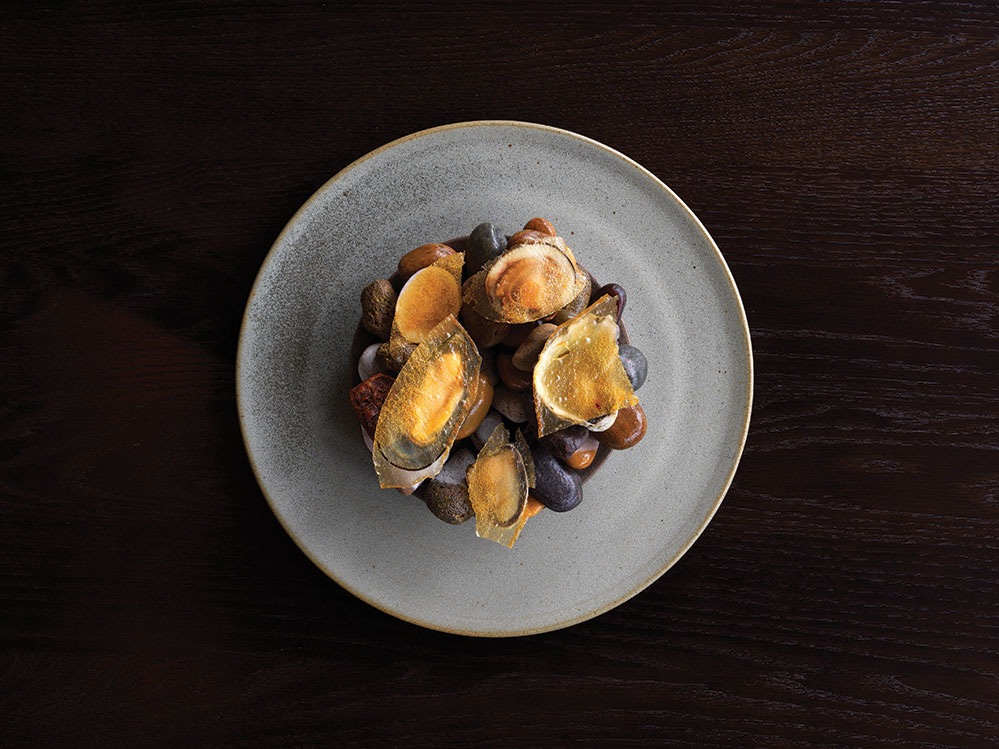
Among the world’s most exclusive places to eat, Copenhagen’s Noma is a restaurant frequently acclaimed as the best, the waiting list for a table being chock-a-block all year round. Even more exclusive yet are Noma pop-ups. This year a temporary offshoot of Noma popped up in Sydney for two months, serving dishes made with Australian ingredients such as crocodile fat, lantana flowers and wattle seeds.
The fleeting chance to dine on revolutionary New Nordic Cuisine in Australia caused a sensation. The tables were snapped up the second the pop-up was announced, and the waiting list to reserve one subsequently grew to bear 27,000 names. Can any meal, albeit a 12-course feast with such distinctive and dynamic flavours, really be that different from others that Sydney – or any other city – has to offer? Indeed, it can be: the Noma pop-up was totally unlike anything that has gone before, and probably since.

The entire Noma team in Denmark decamped to Australia for the duration. The boss-chef led an advance party to scour the country for unusual and enticing ingredients. Part of the purpose of the Noma pop-up was to draw attention to Sydney’s new leisure zone, Barangaroo, which will have restaurants, bars, boutiques and, later, a casino. The pop-up served its purpose, and then some. Foodies drooled over unusual combinations such as dried scallops with lantana flowers, abalone schnitzel with bush condiments, porridge of wattle seed with saltbush, and unripe macadamia accompanied by spanner crab.
The menu was heavy on the seafood – appropriately enough, the pop-up being on the edge of the harbour. The seafood platter included a range of shellfish, among them mussels, clams, oysters and cockles – each steamed and dipped in crocodile fat. It was the dish that stood out from some serious competitors on the menu.

“On my trip around Australia I saw a larder that’s so different from anything I’ve tried before,” said Chef René Redzepi. “My encounter with various indigenous communities and their food ways has left the biggest impact on me: foraging for abalone, eating fresh muntries, nibbling on pepper berries, and cracking open a bunya nut,” he said. “We could not have done it if we had not gone on the research trips. You need to meet the people that are harvesting, growing, catching, foraging your food. Once you meet them and you understand their work, then you start planning for what flavours you want.”
The superstar chef also had a hand in choosing the wines to accompany the 12 courses, ensuring that, as with the food, as many different regions as possible contributed. Serious thought went into the juices and cocktails, too. On arrival, all diners were given a version of a snakebite made with apple and pear ciders mixed with stout. The 11th course was a whimsical nod to Australia, being Noma’s take on the traditional lamington sponge cake. Noma’s version has a layer of tamarind jam.

The restaurant had a stripped-down sort of decor, the earth tones on the floors and walls being reflected in the uniforms of the staff. The chatty Danish waiters and waitresses gave a detailed introduction to each dish, while somehow finding the time to gather en masse at the entrance whenever diners arrived or left. The staff were clearly having a blast down under. They conveyed the message that, yes, they served cutting-edge food, but that the fundamental purpose of every meal, fancy or plain, is to give the diner some fun and enjoyment.
The Sydney pop-up was Noma’s third abroad, but the first in harbour-side premises akin to the restaurant’s home in Copenhagen. Hong Kong has plenty of similarly situated premises, along with fresh seafood and people appreciative of great food. So give it some thought, René.






